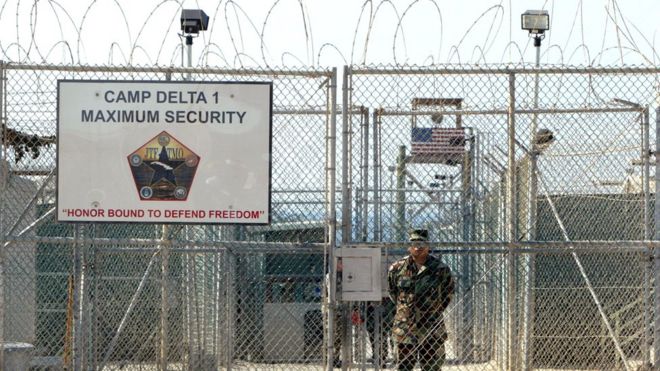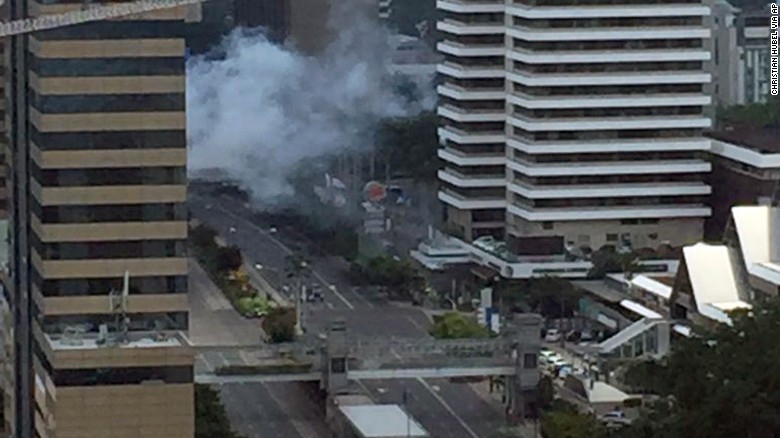By Portia K. Skenandore-Wheelock
Impunity Watch Reporter, North America
SAN SALVADOR, El Salvador — The Constitutional Chamber of El Salvador’s Supreme Court has found articles 1 and 4 of the 1993 Amnesty Law unconstitutional. These articles extended amnesty to certain people and crimes committed during El Salvador’s civil war beyond international law, violating the fundamental rights for the victim’s of genocide and crimes against humanity. In a 4 to 1 vote the judges ruled that provisions in the law contradict the right to moral reparations, “Crimes against humanity don’t have statute of limitations according to international law.” Without the Amnesty Law the government can now investigate, prosecute, sanction, and remedy severe human rights violations.
According to the UN Truth Commission the Salvadorian army committed massacres in villages that were suspected of supporting guerrillas. Over 75,000 El Salvadorians were raped, tortured, killed or disappeared between 1980 and 1992, during the country’s civil war. The report listed names of those responsible for these human rights violations and found that the Salvadoran army and paramilitary groups committed 85 percent of these crimes and the Farabundo Marti National Liberation Front (FMLN) committed about five percent.
A part of the peace agreement between the Salvadoran government and the FMLN included a clause called the Law of National Reconciliation which granted amnesty to both parties. However, in accordance with international law those that were listed in the UN report were excluded from being granted amnesty. Both sides signed the law in 1992 but it was quickly superseded by the 1993 Amnesty Law passed by the Salvadoran Legislative Assembly, which granted amnesty to all of those who committed human rights violations. The Amnesty Law has since been protested by grassroots efforts, NGOs, and international bodies such as the Center for Justice and Accountability and the Spanish Association for Human Rights, Amnesty International, and the Inter-American Commission on Human Rights of Organization of American States.

Many are celebrating the court’s ruling, such as Erika Guevara-Rosas, Americas Director at Amnesty International, “Today is an historic day for human rights in El Salvador. By turning its back on a law that has done nothing but let criminals get away with serious human rights violations for decades, the country is finally dealing with its tragic past. El Salvador must waste no time and bring all those suspected of criminal responsibility for the tens of thousands of unlawful killings and enforced disappearances that were committed during the internal armed conflict to justice. Victims should not be made to wait for justice, truth and reparation for a second longer.” But others are concerned that the decision is empty without strong and impartial institutions to investigate war crimes and start prosecutions.
Politicians are especially reluctant to revisit human rights violations during the civil war since many of them were involved in the conflict and had previously enjoyed protection from prosecution with the Amnesty Law. As a guerrilla leader during the war, even President Salvador Sanchez Ceren is among many of the country’s leaders that could be investigated, prompting political divide and opportunity with upcoming elections.
El Salvador’s attorney general, Douglas Melendez, says the government will abide by the Supreme Court’s ruling. But until a prosecution unit is established to investigate these war crimes, justice for the victims’ families will continue to be on hold.
For more information, please see:
Amnesty International – El Salvador Rejects Amnesty Law in Historic Ruling – 14 July 2016
New York Times – Seeking Justice in El Salvador – 22 July 2016
PANAM Post – El Salvador’s War Criminals Lose Legal Immunity – 18 July 2016



